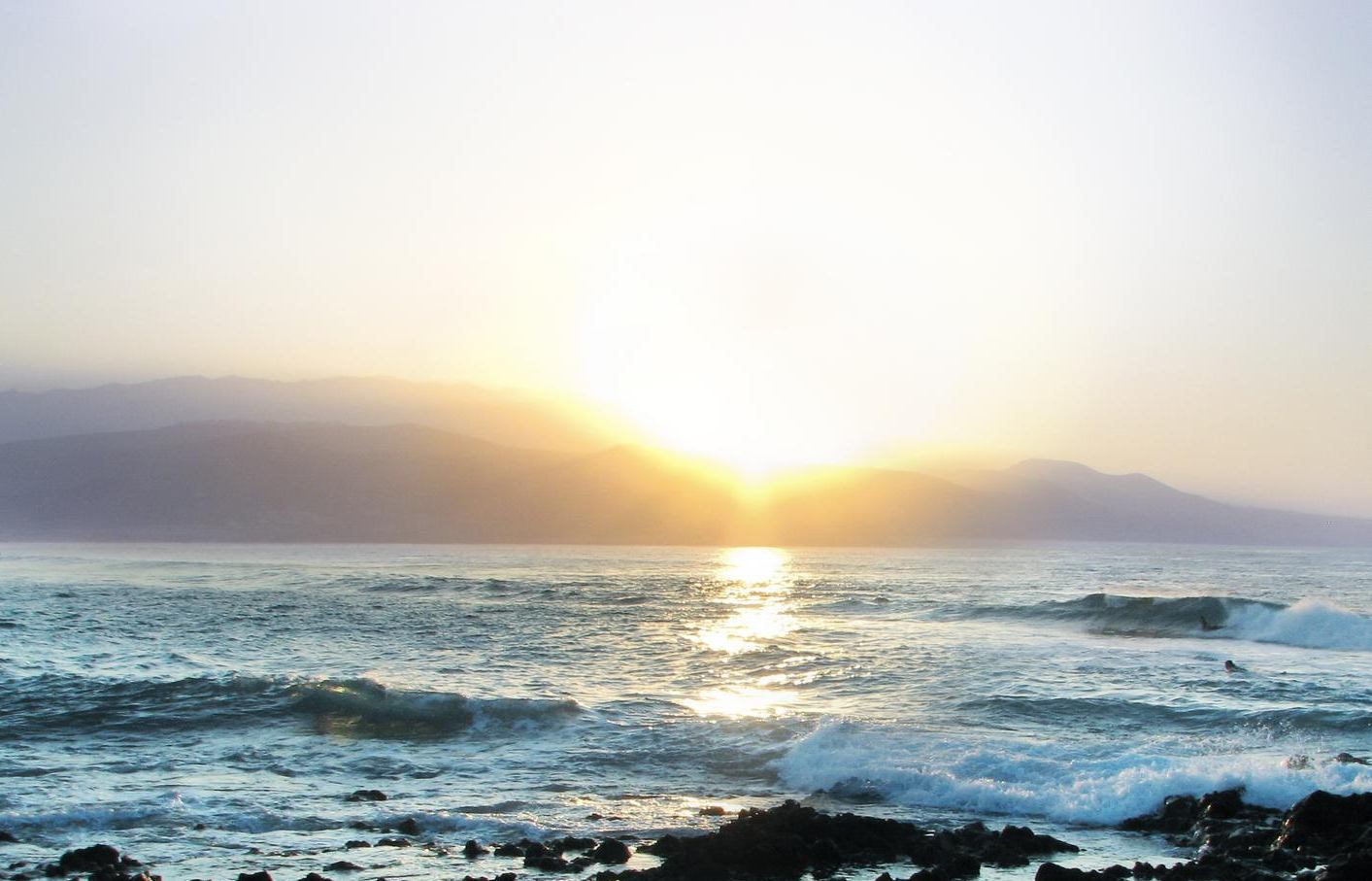 |

History
The Phoenicians and other ancient sea-faring nations knew of the island and North African peoples were known to visit there as well. Of all the Canary Islands, resistance to Spanish colonialism was particularly strong on La Gomera. Initially they only half conquered the island in the early 15th century, and indeed Bethancourt gave up for a time. The terrain, mountainous and covered in jungle like vegetation, favoured the original settlers.
In 1492, when Columbus sailed off towards the unknown, his last port of call was San Sebastián, the capital of La Gomera. Since then, the island has been known as Columbus Island (Isla Colombina).
A whistled language Silbo Gomero
These majestic rock formations and barrancos have created enormous barriers between the island's villages. When the distances are measured in time rather than miles, a unique way of communicating was developed: an amazing whistled speech called Silbo Gomero. This whistled language is indigenous to the island, and its existence has been documented since Roman times.
Invented by the original inhabitants of the island, the Guanches, Silbo Gomero was adopted by the Spanish settlers in the 16th century and survived after the Guanches were exterminated. When this unique means of communication was threatened with extinction at the dawn of the 21st century, the local government required all children to learn it in school.
La Gomera
La Gomera is a small volcanic island and roughly circular (22 km /15 miles in diameter) and rises to 1487 m (nearly 5000 feet) at the island's highest peak, Garajonay. The upper reaches of this densely wooded region are almost permanently shrouded in clouds and mist, and as a result are covered in lush and diverse vegetation. That forms the protected environment of Spain's Garajonay National Park, which has been declared World Heritage site by the UNESCO in 1986. Not many places can rival the biodiversity of La Gomera, made all the more valuable by its prehistoric characteristics.Unique vegetation
Steep mountainsides are formed into deep ravines - barrancos, which are covered by the laurisilva - a sub-tropical laurel rain forest. The rich and unique vegetation of the island and the forest which once covered the entire Mediterranean basin, is considered today to be a true living fossil, a relic of the Tertiary Era.
Different microclimates
The central mountains catch the moisture from the trade wind clouds and yield a dense jungle climate in the cooler air, which contrasts with the warmer, sun-baked cliffs near sea level. Between these extremes there are a fascinating gamut of microclimates; for centuries, the inhabitants of La Gomera have farmed the lower levels by channelling runoff water to irrigate their vineyards, orchards and banana groves. Those agricultural areas are hard laboured into terraced farm fields climbing high the slopes, as there's practically no vertical land on the island.
Rock monuments
On the crest of the mountains is situated a rock monument of Los Roques, which separates the heads of 2 ravines: La Laja and Benchijigua. This area contains 4 volcanic plugs: Agando, Ojila, La Zarcita and Carmona, spectacular examples of volcanic intrusions, the solidification of lava inside volcanic chimneys, before reaching the surface, where subsequent erosion has left these plugs exposed.
Watch our video of La Gomera »
